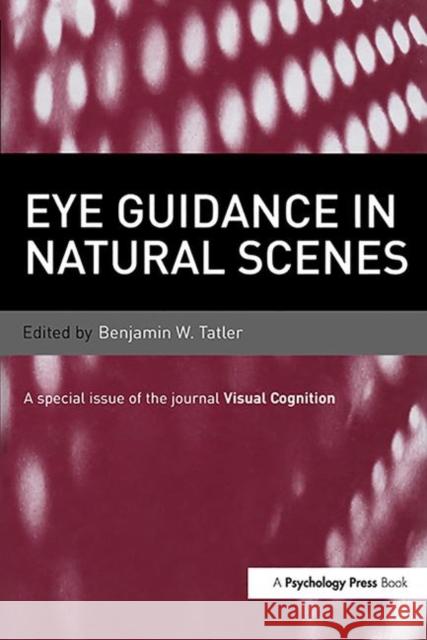Eye Guidance in Natural Scenes » książka
Eye Guidance in Natural Scenes
ISBN-13: 9781848727151 / Angielski / Twarda / 2009 / 432 str.
Successfully completing many forms of behaviour requires that humans look in the right place at the right time: This has generated a large volume of research aimed at understanding how the eyes are guided. This special issue demonstrates that the decision about where to look involves a large number of factors from low- to high-level constraints. New models of eye guidance are presented, and these offer converging approaches to understanding how we inspect complex scenes. Importantly, this special issue brings together evidence from a range of settings - from static scene viewing to real world environments - in order to fully assess our current understanding of eye guidance in natural scenes.
Successfully completing many forms of behaviour requires that humans look in the right place at the right time: This has generated a large volume of research aimed at understanding how the eyes are guided. This special issue demonstrates that the decision about where to look involves a large number of factors from low- to high-level constraints. New models of eye guidance are presented, and these offer converging approaches to understanding how we inspect complex scenes. Importantly, this special issue brings together evidence from a range of settings - from static scene viewing to real world environments - in order to fully assess our current understanding of eye guidance in natural scenes.











